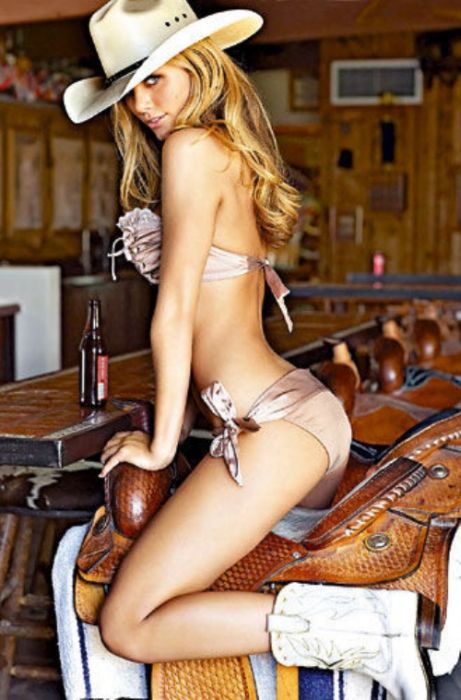|
|
Girl With A Horse
|
• Colors and markings
Horses exhibit a diverse array of coat colors and distinctive markings, described with a specialized vocabulary. Often, a horse is classified first by its coat color, before breed or sex. Horses of the same color may be distinguished from one another by white markings, which, along with various spotting patterns, are inherited separately from coat color.
Many genes that create horse coat colors have been identified, although research continues to further identify factors that result in specific traits. One of the first genetic relationships to be understood was that between recessive "red" (chestnut) and dominant "black" allele that is controlled by the Melanocortin 1 receptor, also known as the "extension gene" or "red factor." Additional genes control suppression of base red and black color to point coloration seen in bay, spotting patterns such as pinto or leopard, dilutions such as palomino or dun, as well as graying, and all the other factors that create the dozens of possible coat colors found in horses. These colors can be modified by at least ten other genes to create all other colors.
Horses which have a white coat color are often mislabeled; a horse that looks "white" is usually a middle-aged or older gray. Grays are born a darker shade, get lighter as they age, and usually have black skin underneath their white hair coat (with the exception of pink skin under white markings). The only horses properly called white are born with a white hair coat and have predominantly pink skin, a fairly rare occurrence. Different and unrelated genetic factors can produce white coat colors in horses, including several different alleles of dominant white and the sabino-1 gene. However, there are no "albino" horses, defined as having both pink skin and red eyes.
|
|









